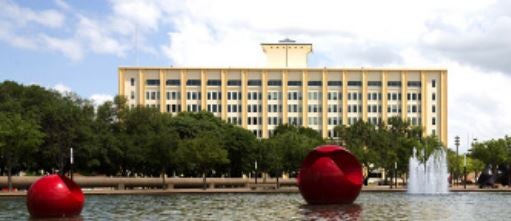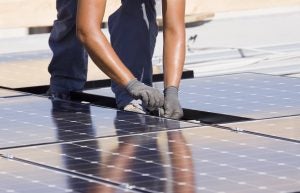 Ellen Shenette, manager, EDF Climate Corps
Ellen Shenette, manager, EDF Climate Corps
Earlier this week, New York City became the first city to devise a plan for meeting the goals outlined in the Paris Accord —the world’s first comprehensive climate agreement from which President Trump pledged to pull the U.S. from. The 1.5°C Paris Agreement-compliant climate action plan comes in response to Executive Order 26 (EO26), signed by Mayor de Blasio that reaffirms the city’s commitment to upholding the goals of the Paris Agreement.
The plan identifies specific strategies for reducing GHG emissions necessary to limit global temperature increase to 1.5 degree Celsius above pre-industrial levels, as set forth in the Paris Agreement. Leading the charge is the Mayor’s Office of Sustainability (MOS), which has been moving the city’s decarbonization efforts forward by accelerating the implementation of existing projects launched under the 80 X 50 initiative—a goal of reducing GHG emissions 80 percent by 2050.
This landmark piece of climate leadership is a big deal. It’s evidence that cities aren’t just making bold commitments with no plan of how to achieve them; they’re taking action and setting the processes for how to get there. Read More










 When it comes to the history and DNA of a city, new buildings have nothing on century-old ones. Yet the reverse can be said in regard to water and energy efficiency. Older buildings reflect the culture and history of a community, but typically are highly inefficient.
When it comes to the history and DNA of a city, new buildings have nothing on century-old ones. Yet the reverse can be said in regard to water and energy efficiency. Older buildings reflect the culture and history of a community, but typically are highly inefficient.
 The U.S. electricity industry is experiencing unprecedented innovation and change. The grid is getting smarter and customers can play a more active role in how their electricity is made, moved, and used. Between all the initiatives that utilities, cities, and states are pursuing and the new services and products that entrepreneurs are creating, it can be difficult to keep up.
The U.S. electricity industry is experiencing unprecedented innovation and change. The grid is getting smarter and customers can play a more active role in how their electricity is made, moved, and used. Between all the initiatives that utilities, cities, and states are pursuing and the new services and products that entrepreneurs are creating, it can be difficult to keep up. By Tyler Fitch, 2017 EDF Climate Corps Fellow
By Tyler Fitch, 2017 EDF Climate Corps Fellow